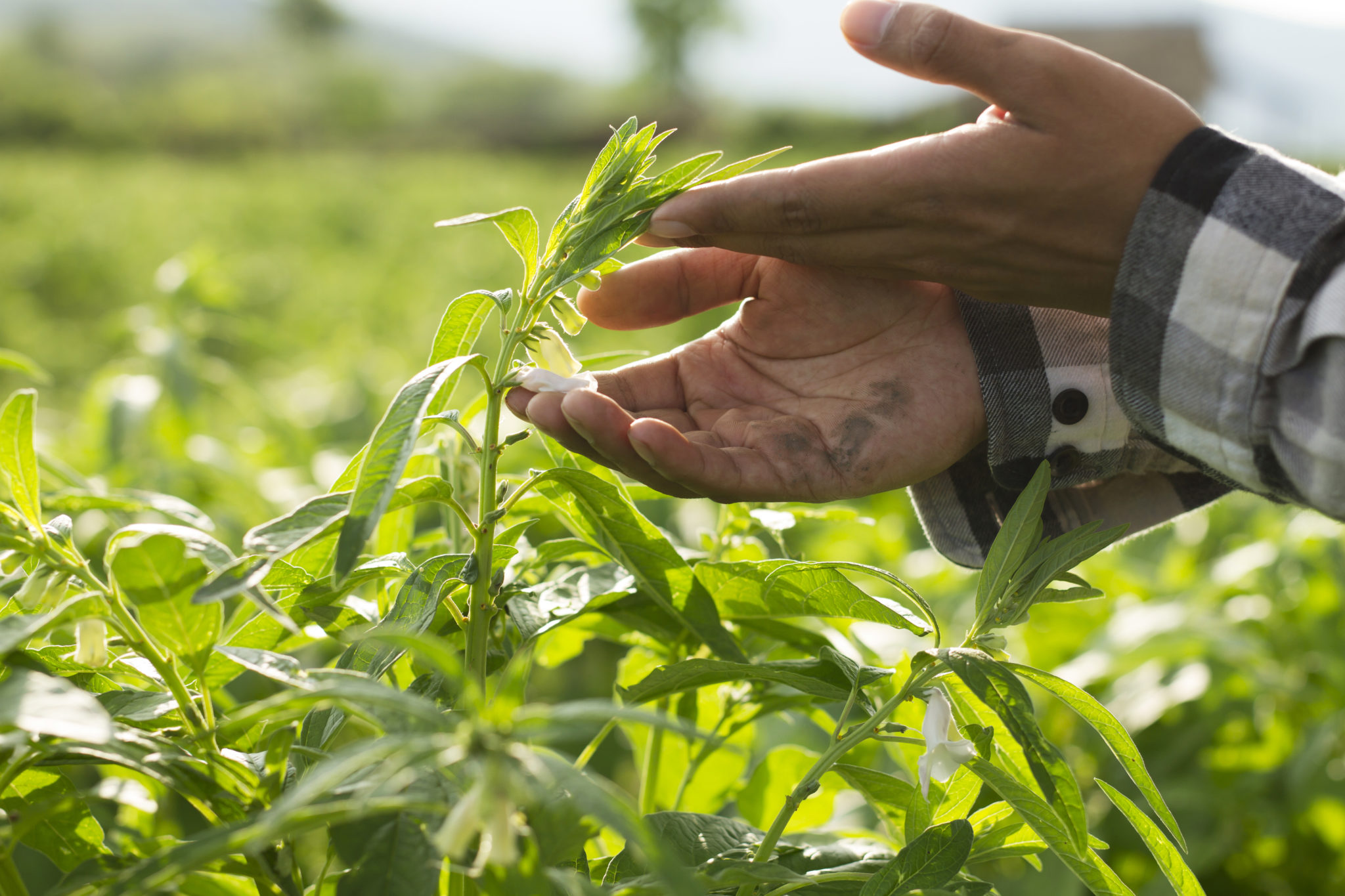Changing attitudes towards food, increasing wealth and consumer interest in health foods has driven market growth, with the global yield of sesame doubling between 2001 and 2014, an increase from 3 million tonnes to a peak of more than 6 million tonnes.
The production of sesame has traditionally been dominated by African and Asian countries. Australia has been a net importer of sesame products since 1966 with domestic demand rising steadily since. In 2020, Australia imported over 13,000 tonnes of whole sesame and sesame products such as oil and tahini (Coriolis, 2021), with the figure set to rise to nearly 20,000 tonnes by 2025.
With both a domestic and international surge for sesame products, Australia is in a prime position to develop a sustainable and profitable industry. With such an encouraging outlook, AgriFutures Australia has committed to developing the market by establishing a five-year industry-led research, development and extension (RD&E) plan.
“The Strategic RD&E Plan will inform future investments and provide a clear plan to enable industry growth and development,” said Dr Olivia Reynolds, Director of Susentom and project lead for the establishment of the sesame RD&E plan. “It is crucial that we have a good basis and direction for the sesame industry to meet the projected target of $10 million gross value product,” she added.
Developing varieties for Australian conditions
Currently, the Australian sesame market is made up of a handful of growers across Western Australia, the Northern Territory and Queensland with a total of just 525 hectares planted in 2019. With a tolerance to drought and heat, Australia is well positioned to significantly increase the amount of land planted to sesame, with data modelling suggesting that the industry could grow to in excess of $100 million in North West Queensland alone.
While the whole sesame value chain requires development, agronomy is one topic of significant interest to stakeholders. Current knowledge gaps include the interaction between regional conditions and time of sowing, sowing configurations and weed management. Seed technology companies AgriVentis and Equinom are currently in the process of trialing sesame varieties for Australian growing conditions.
“Equinom produce the only sesame varieties currently available in Australia that are ‘shatter resistant’, which means that the crop can be mechanically harvested. This is a game changer for the industry and a major reason why we are seeing the industry emerge in Australia,” said Dr Olivia Reynolds.
Equinom VP Product Management, Dr Oron Gar said the ability to produce sesame on a large scale and proximity to the Asian market puts the Australian sesame industry in an attractive position.
“We have seen great demand for high-quality Australian sesame and sesame products. If an export market is established, the Australian sesame market could reach a value of AUD$200-300 million.”
Equinom are currently trialling seed varieties in Queensland, Western Australia, Northern Territory and New South Wales to select elite varieties based on their yield, oil content and other quality parameters.
“Our vision is to offer a leading alternative summer crop to cotton in New South Wales and Queensland, and a leading row crop for the evolving summer crop industries in Western Australia and Northern Territory,” said Dr Gar.
AgriVentis’ experience in the Australian market echo’s Equinom’s, and the company sees huge potential. “We’re focusing our work to develop varieties suitable for the Northern Australian tropics, and to improve yield, disease tolerance and quality,” said Lewis Hunter, CEO of AgriVentis Australia.
“Australia has the ideal growing conditions for sesame and an abundance of broadacre country, in addition to proximity to Asian markets and a reputation for clean, green agriculture,” he added.
Mr Hunter said that an Australian sesame industry held exciting potential for stakeholders throughout the value chain.
“Sesame suits a wide range of crop rotations and Australian growing conditions with positive soil health benefits and low sowing rates. Developing the domestic industry would mean that marketers and processors would have access to Australian sesame seeds, including organically grown seed and the opportunity to produce sesame oil.”









